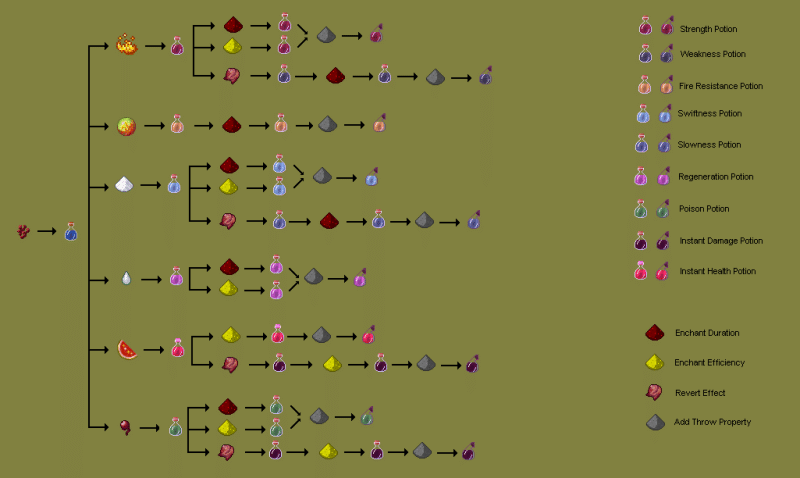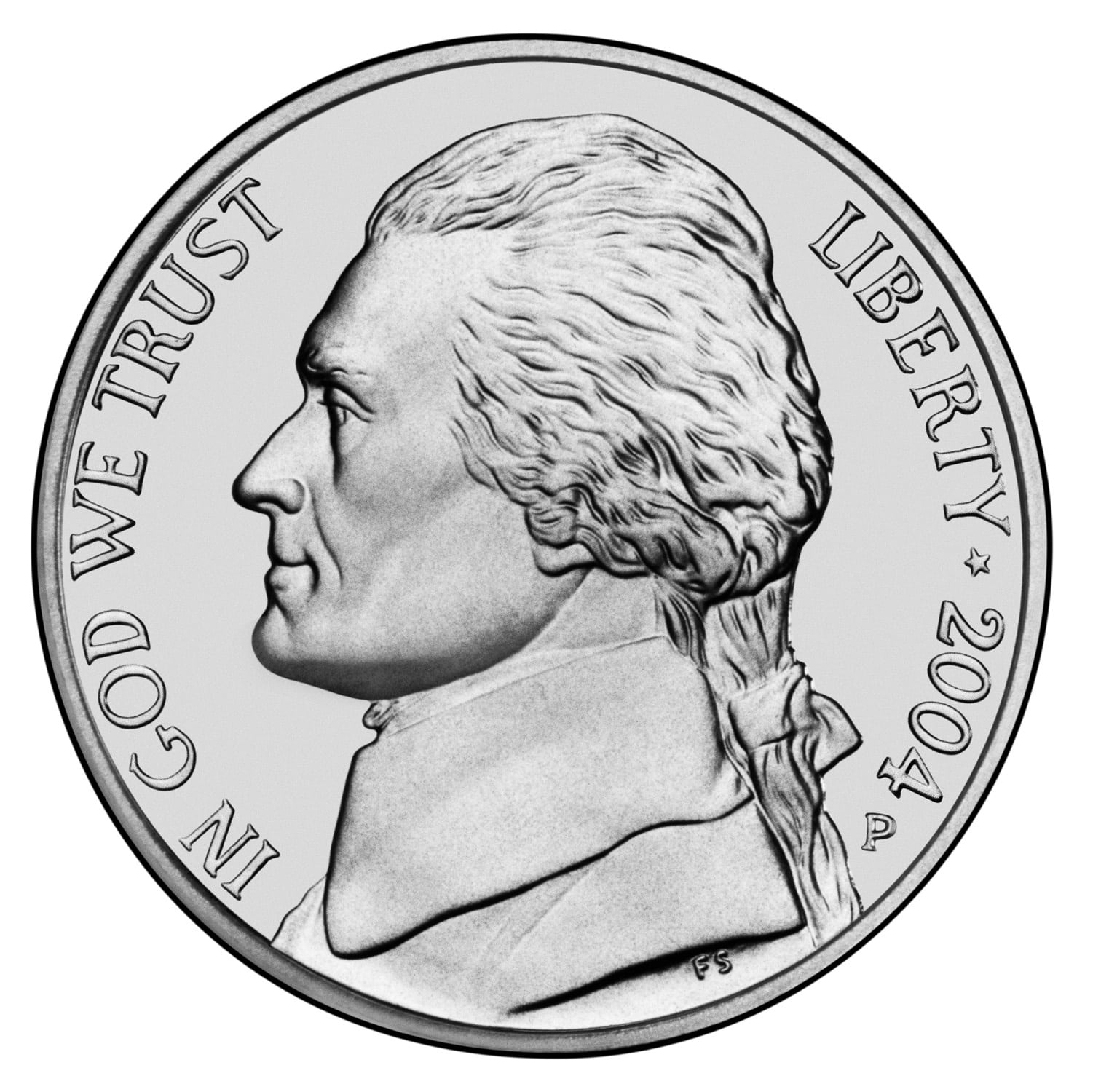Have you ever wondered why some months feel longer than others? The answer lies in the fascinating realm of calendar mathematics.
In this article, we will delve into the depths of calculating how many weeks are in a month, uncovering the intricate patterns and rules that govern our calendars.
Table of contents
How Many Weeks in a Month
The question of how many weeks are in a month seems straightforward at first glance. After all, there are four weeks in a month, right? Well, not always. While it is true that most months consist of four complete weeks plus a few extra days, there are exceptions to this rule.
To understand why some months have more than four weeks, we need to delve into the intricacies of our calendar system.
The Gregorian calendar that we use today is based on the concept of an average year consisting of 365.25 days. To account for this fractional day, we add an extra day to February every four years in what is known as a leap year.
However, since 365 divided by seven does not result in an even number of weeks (52 weeks and one day), the distribution can vary.
As a result, there are some months that contain more than just the standard four complete weeks. For example, January and March sometimes have five whole weeks if the first day of each falls early enough in the week and if February has fewer than 29 days due to leap year adjustments.
For 31 days in a month:
(31 days) / (7 days/week) = 4.4286 weeks = 4 weeks + 3 days
For 30 days in a month:
(30 days) / (7 days/week) = 4.2857 weeks = 4 weeks + 2 days
For 28 days in a month:
(28 days) / (7 days/week) = 4 weeks
For 29 days in a month:
(29 days) / (7 days/week) = 4.1429 weeks = 4 weeks + 1 day
Read ALSO: How Many Weeks Till Christmas: Preparing for the Festive Countdown
A Monthly Conundrum
One of the most intriguing questions related to the calendar is the number of weeks in a month. While it might seem straightforward, it’s a bit more complex than you might think.
A month typically ranges from 28 to 31 days, resulting in a varying number of weeks. To understand this better, let’s break it down:
- 28 Days in February: February is the shortest month, consisting of 28 days, which is exactly 4 weeks. It’s the only month with this precise week count.
- 30 Days in a Month: Months like April, June, September, and November have 30 days, which means they span 4 weeks and 2 days.
- 31 Days in a Month: The months of January, March, May, July, August, October, and December have 31 days, covering 4 weeks and 3 days.
As you can see, the number of weeks in a month can vary due to the differences in the number of days.
The Leap Year Factor
The calendar’s complexity doesn’t end there. Every four years, we encounter a leap year, which adds an extra day to February. In a leap year, February has 29 days, resulting in 4 weeks and 1 day.
This phenomenon keeps our calendar accurate and synchronized with the Earth’s orbit around the sun. While it might not affect our daily lives significantly, it’s a remarkable aspect of calendar math.
Read Also: How Many Scream Movies Are There: A Guide to the Horror Franchise
Frequently Asked Questions
Yes, February is the exception, with 28 days, which equals exactly 4 weeks.
Yes, months with 31 days have 4 weeks and 3 days, and leap years make February have 4 weeks and 1 day.
The calendar’s complexity is due to its alignment with the Earth’s orbit and the need to account for the extra time.
In a leap year, February has 4 weeks and 1 day.
The varying number of weeks in a month doesn’t significantly impact daily life; it’s primarily a result of the calendar’s design.
Conclusion
Understanding the number of weeks in a month is just one aspect of calendar math, a topic that’s far more intricate than it appears at first glance. As we’ve explored, the variations in the number of weeks result from the calendar’s attempt to align with the Earth’s orbit. This unique interaction between time and nature is a testament to the intricacies of our world.
References
Recommendations
- How to Change Apple Watch Band: Personalizing Your Device
- How to Charge Apple Pencil: Ensuring Your Device is Always Ready
- How to Draw a Pumpkin: Artistic Tips for Autumn Illustrations
- How to Draw a Fairy Easy | Simple Guidelines to Initiate
- How to Draw Stitch: Bringing Lilo’s Alien Friend to Life on Paper






